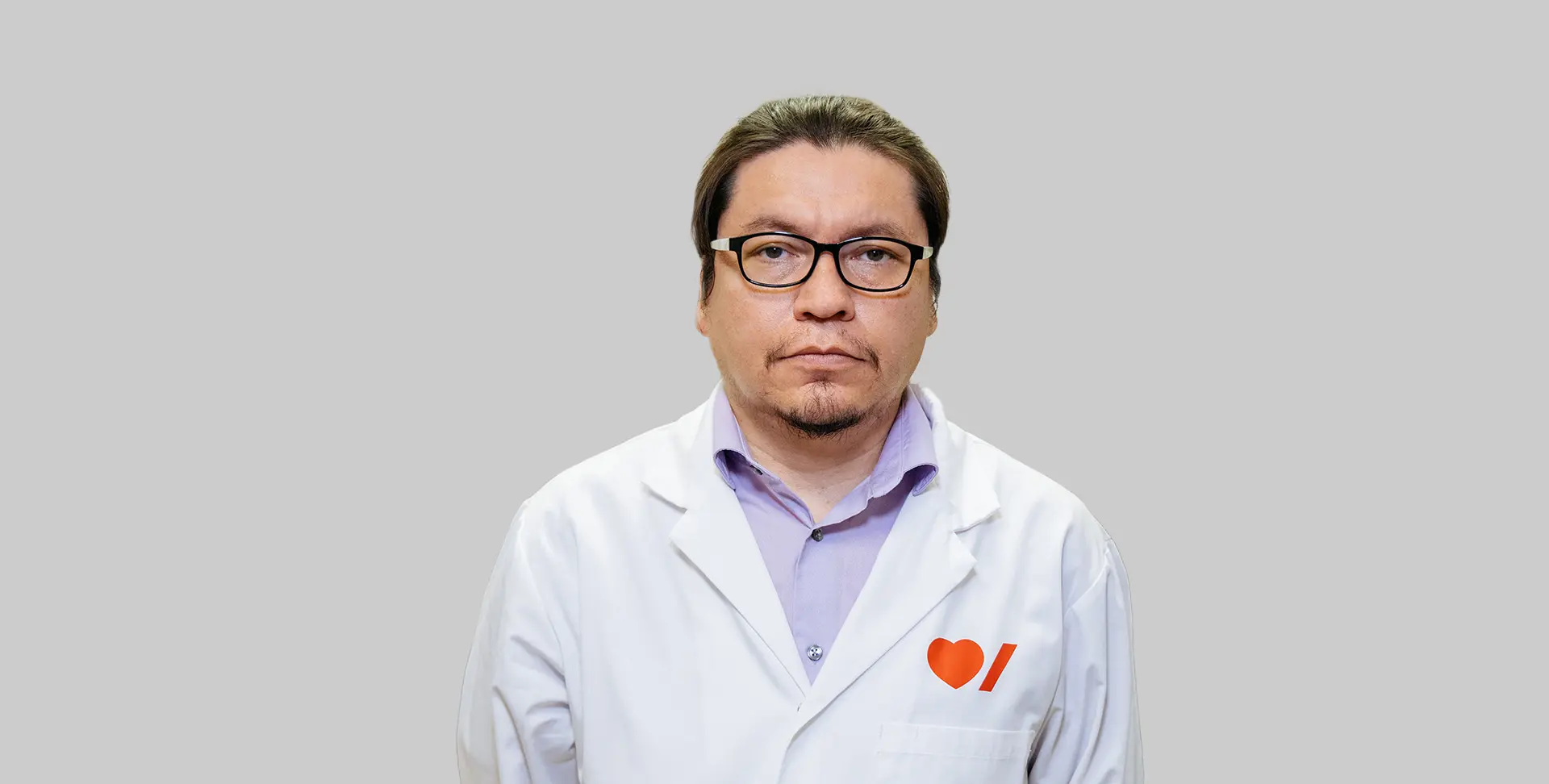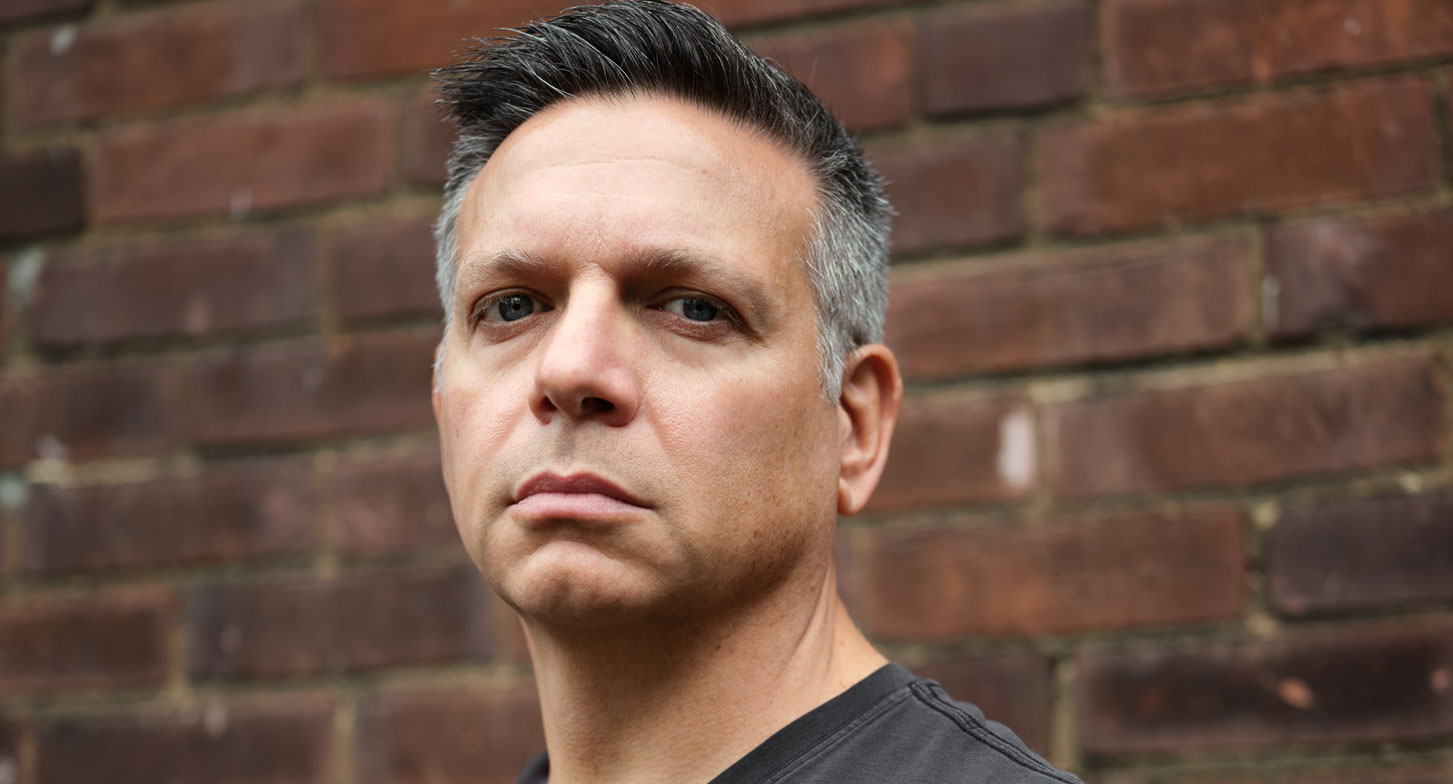
“These people changed my life.”
Paul’s journey of healing after his devastating heart attack
Chapter 1 Anger and confusion
“I kept thinking to myself, why the hell am I here?”
To Paul Goldberg, the first few months of cardiac rehabilitation felt almost worse than the severe heart attack he had recently survived.
The 50-year-old man was the father of two lively young daughters. He owned a successful construction business. And tended goal in an amateur hockey league.
Having to suddenly attend group therapy with 70- and 80-year-olds made him feel completely out of place.
“I was by far the youngest person in the room. I thought I didn’t belong,” he remembers.
But ever since his heart attack , Paul couldn’t walk around the block without stopping and wheezing. Every bit of effort made him feel like he was going to collapse.
“I was debilitated,” he says.
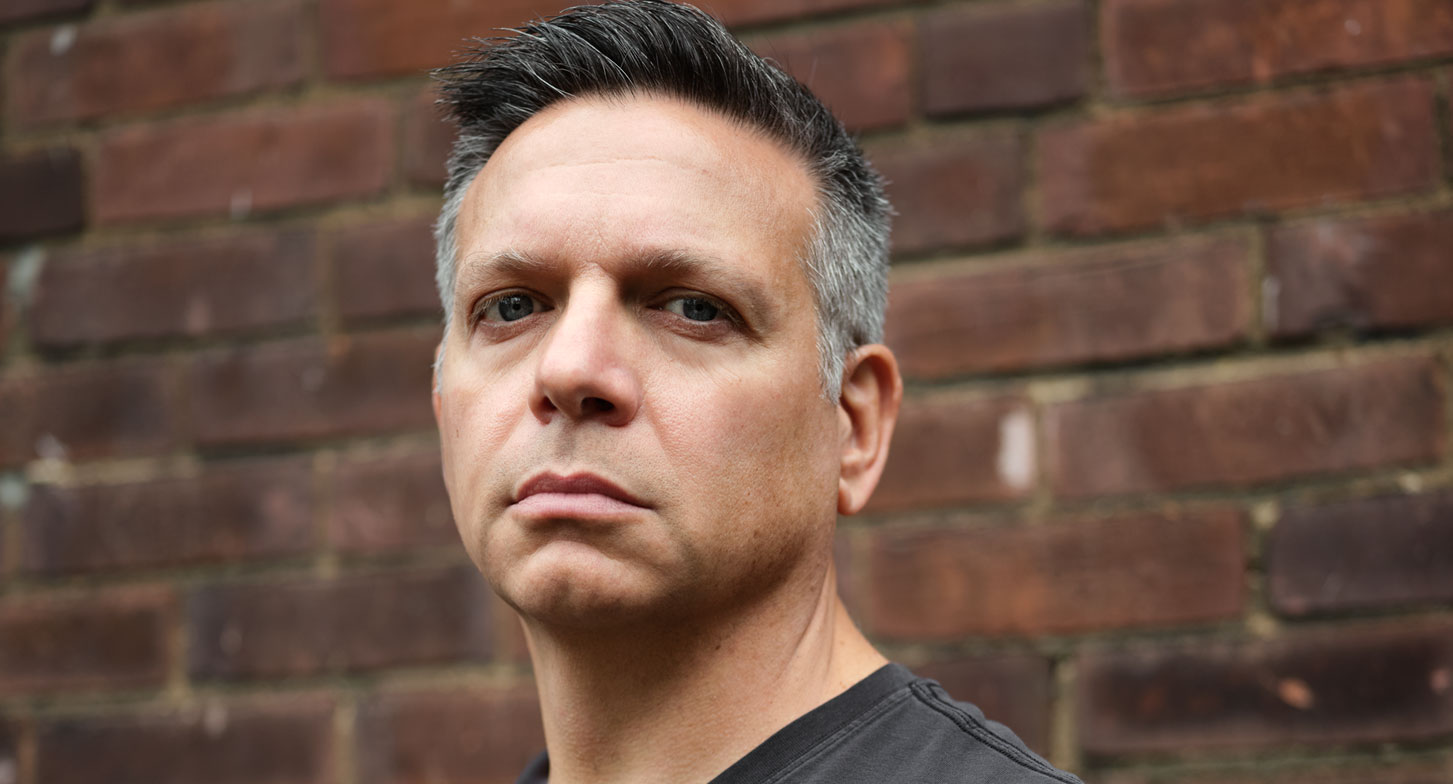
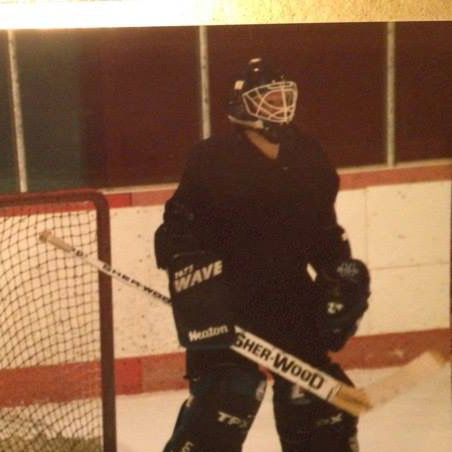
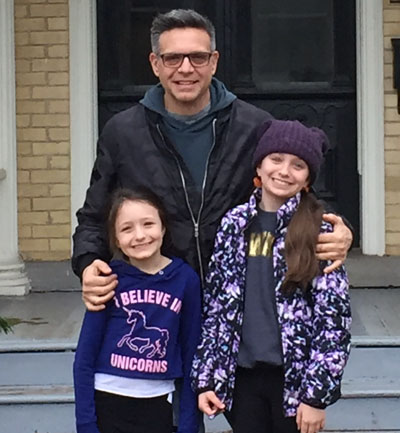
Paul eventually found out that a big part of his physical burden came from his medication. Beta-blockers are often used to slow down the cardiac rate of people who have had a heart attack. But Paul’s meds worked too well. They lowered his heart rate so much, his body wasn’t getting enough oxygen. In turn, this also seriously affected his mood.
“There were a few times throughout that process where I was somewhat suicidal, to be perfectly honest. I was in such a state of depression because of the meds and because of where I was.”
Paul was readmitted to the hospital a few times before doctors got his prescription right. “They realized that I’m part of the 1% of people who don't react well to this particular type of beta-blocker,” he explains, hoping that future research can help prevent these situations well before they happen.
“Once they fixed my meds, it was like a switch went off. I felt a drastic improvement.”
His body was finally feeling better. But getting back to his normal state of mind would prove to be a lot more complicated than flipping a switch.
Chapter 2 Point of attack
A few months earlier Paul had seen his family doctor after feeling particularly out of breath while playing sports. He underwent a stress test, but everything came back normal.
“I arrogantly dismissed the fact that there was heart disease on one side of my family. I wasn't smoking. I wasn't drinking. I was athletic. So, I wasn’t anticipating a 100% blockage of my main artery.”
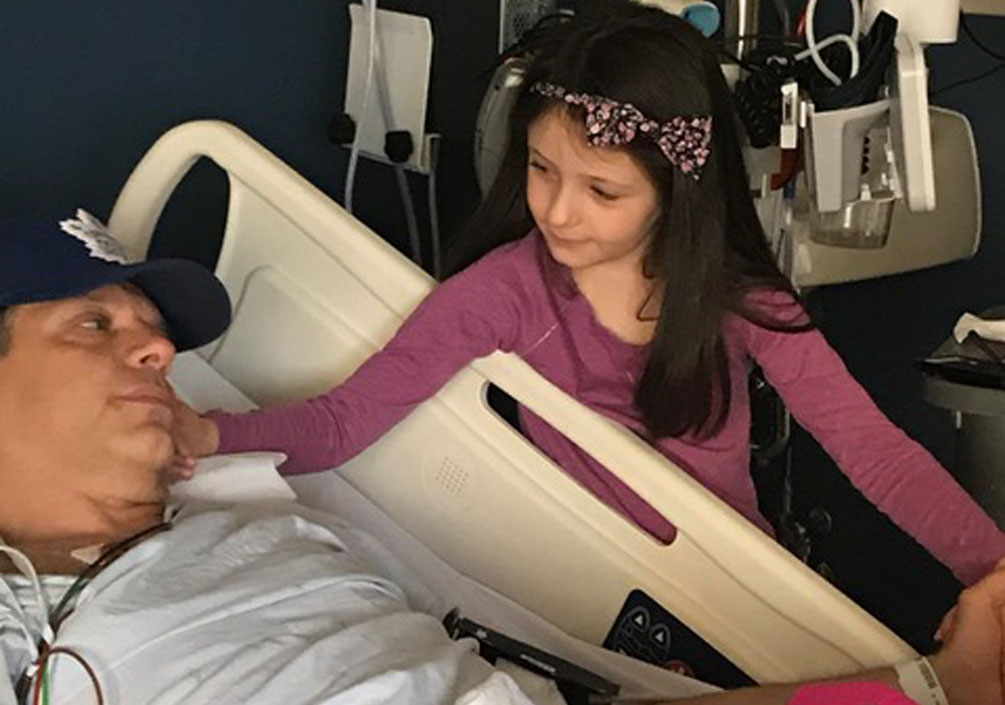
Now, lying in the recovery room of the hospital after his heart attack, Paul was seriously shaken. “The doctor told me I had about 25 minutes left to live after I got there. I couldn’t believe it. I thought I had done the right thing by seeing my doctor six months earlier. I thought I was doing everything right. I was pissed off, to say the least.”
Up until that point Paul prided himself on being an independent person. “And now I had to lean on other people. I didn’t want to be there. It was confusing. And it made me angry.”
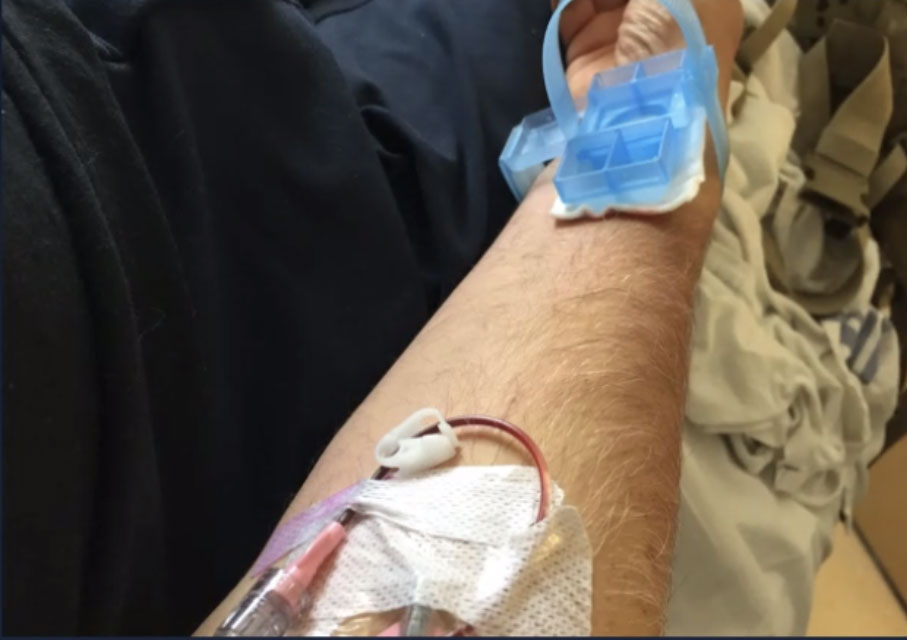
Chapter 3 Getting it right
Paul went on with it.
He agreed to share his personal life and the stresses he had been through. “And at some point, throughout the process, I realized that I had met some pretty spectacular people,” he says, voice cracking with emotion.
“There I was, at 50 years old, whining and bitching about how I felt, when the guy sitting across from me was 75 and washing dishes at a restaurant to support his family even though he had just survived heart disease. Opening my mind to what other people were going through helped me accept where I was.”
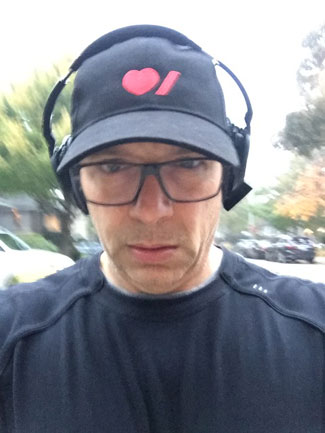
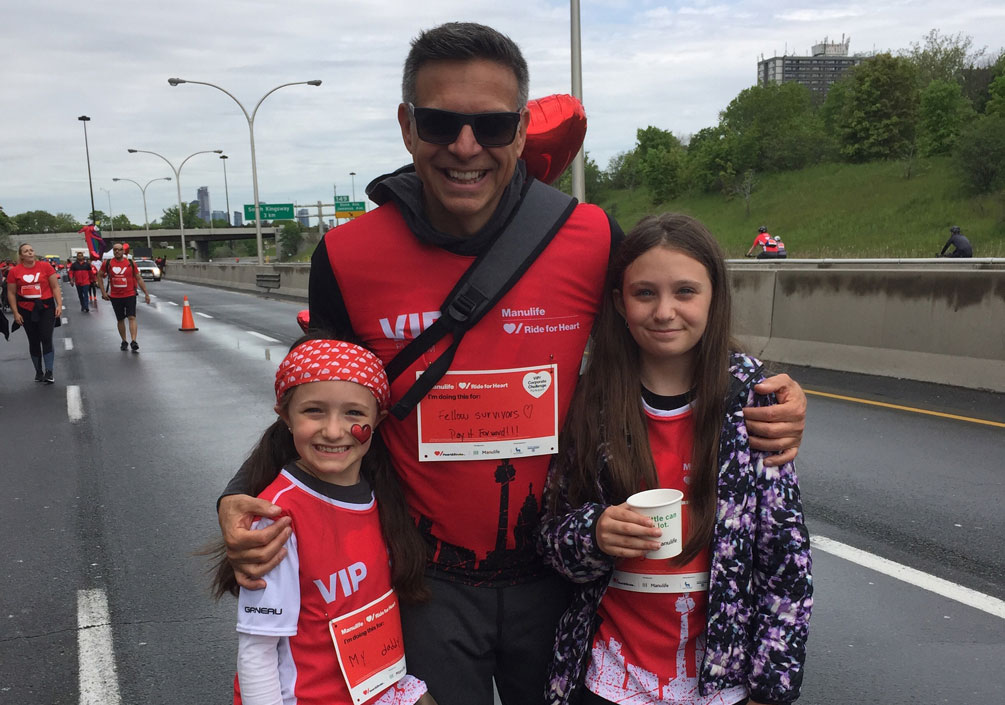
Three years after his heart attack, Paul has finally figured out why he stuck with cardiac rehab in the first place. “These events taught me how to become a better father. I like to be in control, I juggle a lot of things, but I learned to be calmer. I don’t sweat the small stuff anymore. It's motivated me to enjoy my life.”
- Learn more about recovering from heart disease.
- See what your donations can beat.
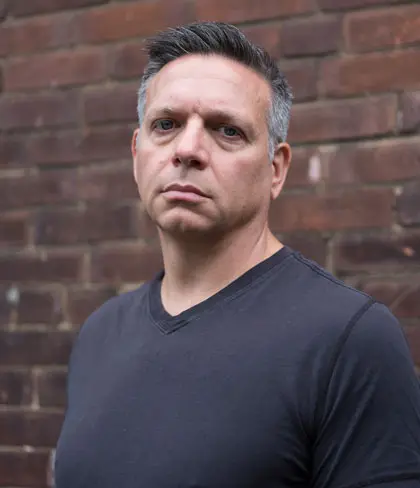
Real stories, real impact

Can your gut help extend life after a heart transplant?
Dr. Jonathan Choy takes an experimental approach to increase heart transplant survival
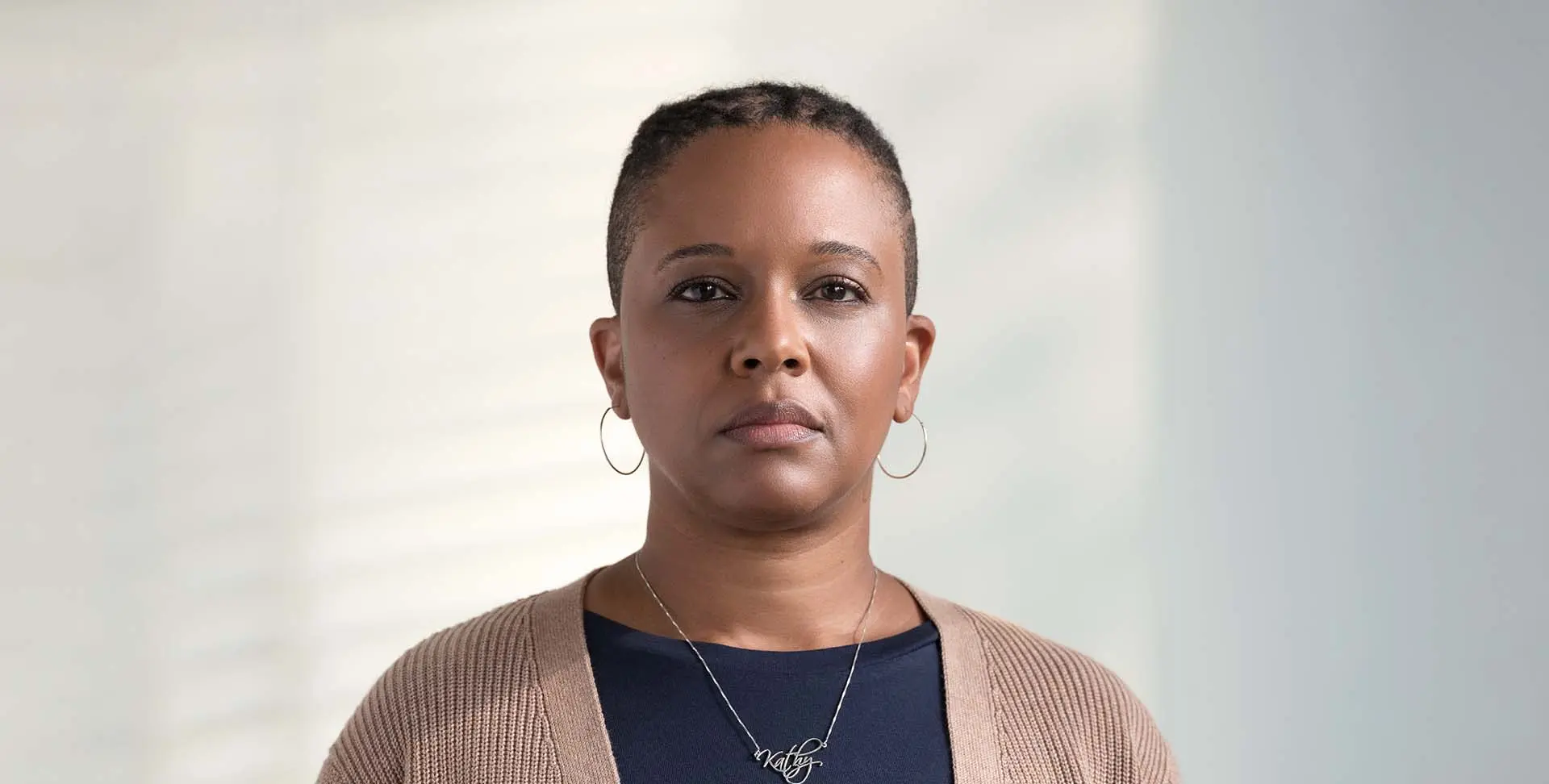
Katherine's unexpected battle
When life changed in an instant, she refused to give up hope
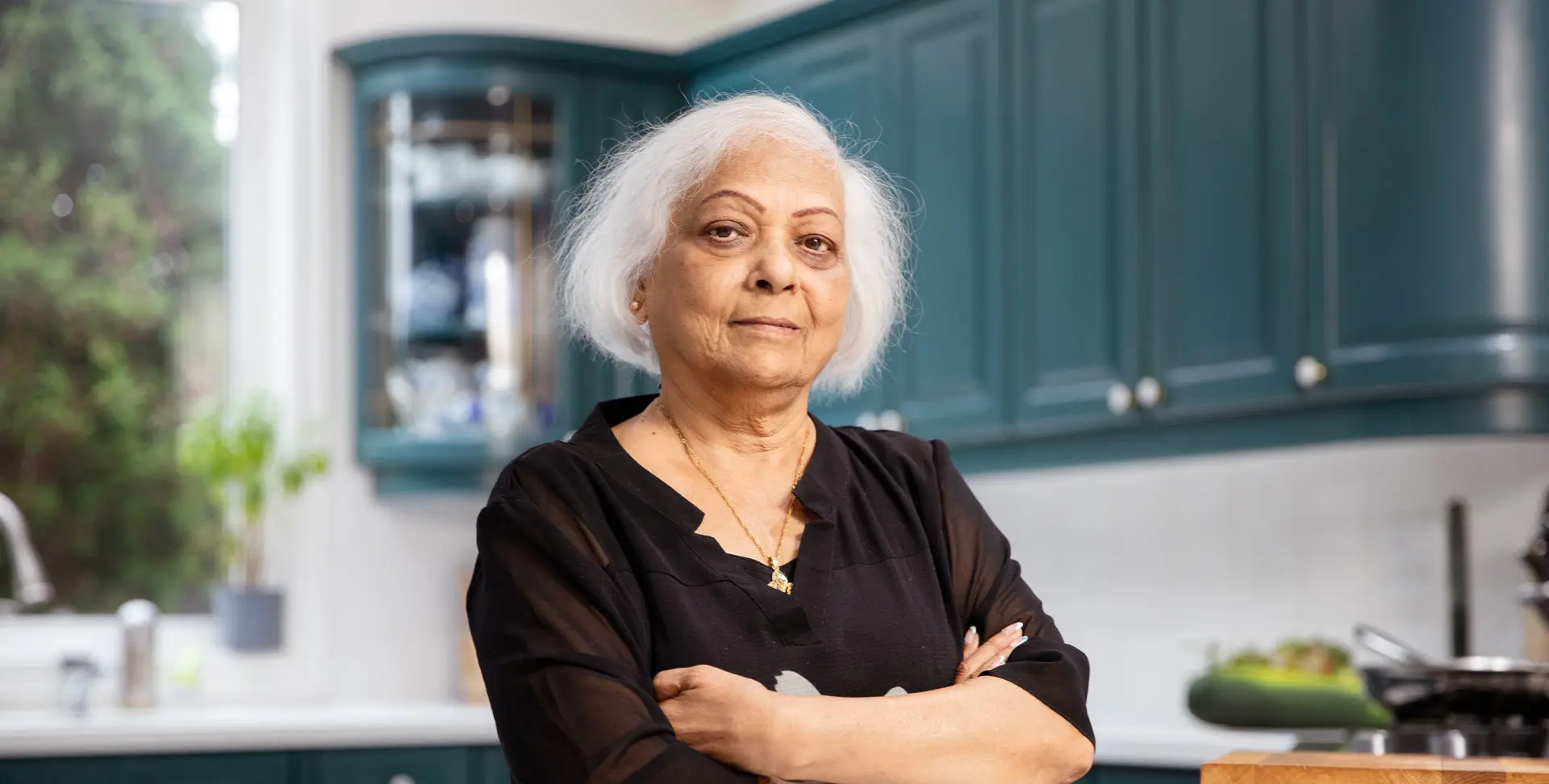
Loving life while living with heart disease
Three surgeries have changed Suji’s heart, but not her passion for life
